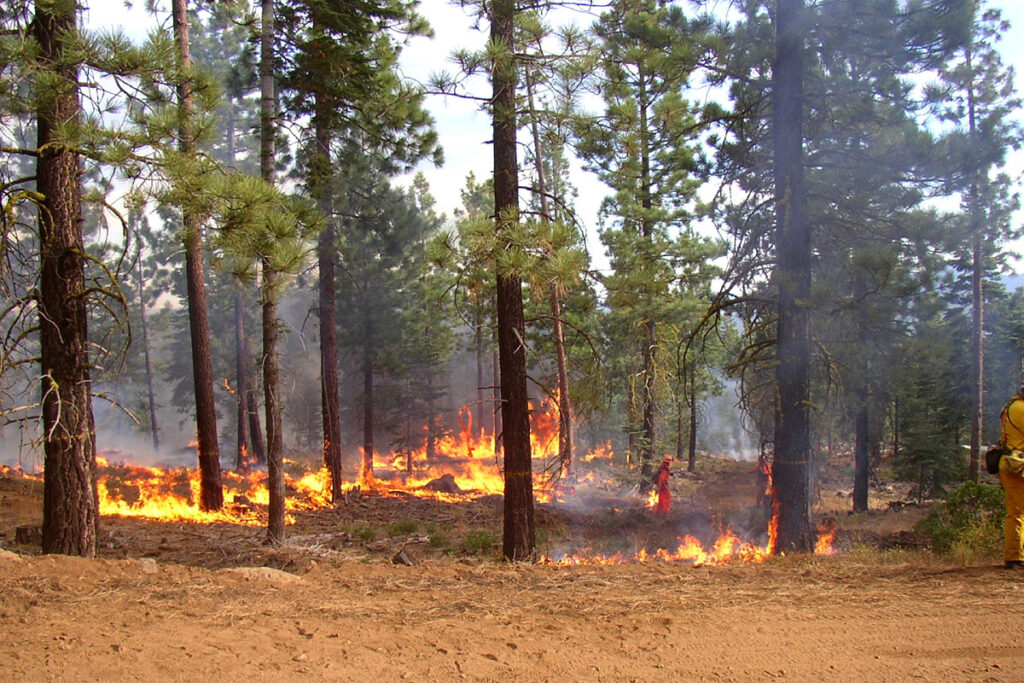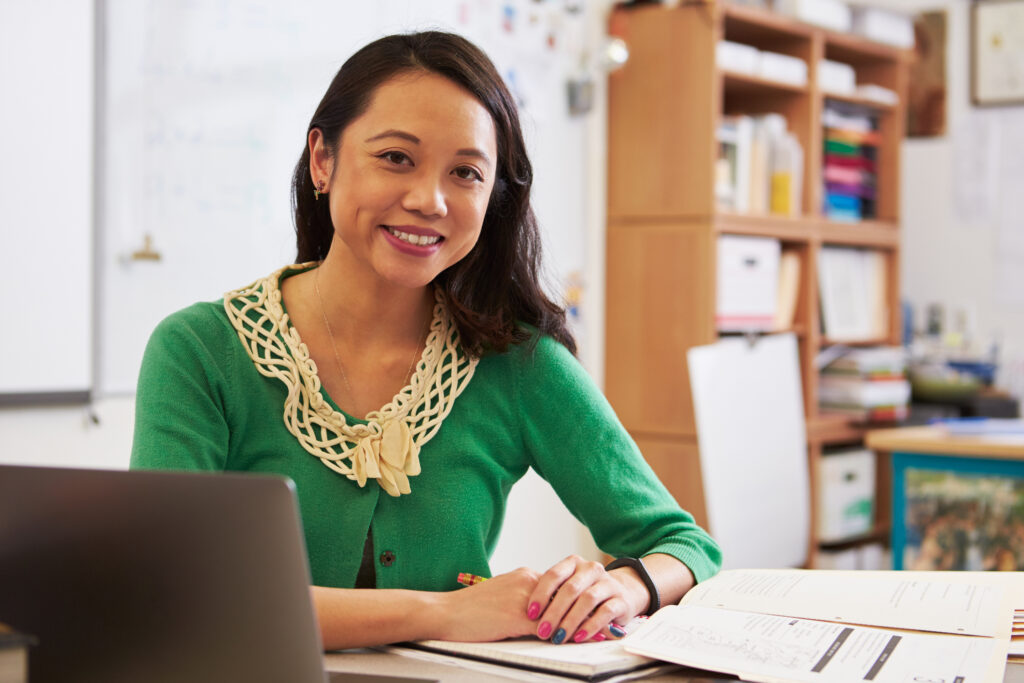Students begin by observing that there are more fires now than in previous decades, prompting students to wonder about the best ways to prevent wildfires. They investigate the natural and human causes of wildfires and the solutions humans have to contain wildfires, from hand crews to helicopters. Students investigate how factors like temperature, dry fuels like shrubs and grass, and wind can cause fires to spread quickly, while factors like rain can lower the spread of fire.
Students explore how forests in California have been managed over time, including the cultural practices of Indigenous Californians and prescribed burns. This sparks wondering about California’s ability to use prescribed and cultural burns. Students explore solutions to mitigate wildfires, culminating in an action plan. Resources and guidance are provided for teachers to help students manage emotions around wildfires, as well as how to engage indigenous experts about fire in California.

“From my students: ‘Thank you for teaching us this lesson because if you didn’t it would be bad for our environment.’ ‘This was awesome! Can you do more? Thank you!’ ‘Thank you for helping us in taking care of the environment.'”
“I truly enjoyed teaching this. It has been heartwarming to see them care about other living things and the environment.”
“This did a great job of piquing students’ interest and sparking opposing points of view, which created lively discussions on the topic.”
“There is something for all different kinds of learners. We are moving spaces, drawing, talking in big and small groups, writing. Some of my kiddos who would have been disengaged quite possibly the entire time were engaged in at least two or more parts of this lesson.”
“This lesson brought in cultural stories from the original people who inhabited California. This is a perspective that is not often taught in science. I think that the kids liked having science be a little less facts and figures and more story.”
“This is engaging because it uses real data about the state students live in and shows changes within their lifetime, like the rise of warehouses and trucking during the pandemic.”
“I love how the data was more interactive and chunked into smaller pieces. I also like how there was a way to bring all the knowledge and wondering back to come up with a conclusion to the problem.”
“Students really enjoyed the hands-on activity. They were very interested to learn about the different pollutants that they’ve never heard of. It also developed their curiosity about air quality and pollution. It was an eye-opener for some that they are able to see what is mostly ‘unseen’ by everyone.”
“Every lesson was so thoroughly designed, the case study design book was beautifully organized, and it helped to give my class a real-life understanding of how college/graduate-level academic research works. Being able to connect their research back to environmental issues they actually experience was simply icing on the cake. Well done!”
“They’ve never thought about stuff like this before, and now they’re sharing it. One girl said this was the only class that she went home and talked to her parents about.”
“I am so amazed and impressed by the depth of resources that you embedded in the teacher guide. This is really well put together.”
“When you’re out in the workforce, you’re trying to solve problems that don’t have a clear, immediate answer. So doing stuff like this helps give students practice.”

Melissa Campanella, University of Colorado Boulder
DeAnna Lee Rivers, STEMSoul TEACH
Kerri Wingert, Good Question Research
Wayne Wright, Science Educator
Dina Gilio-Whitaker, California State University, San Marcos
Aja Conrad, Karuk Department of Natural Resources
Clarissa Deverel-Rico, BSCS
Matt Ellinger, Designer
Stacey Lane, Illustrator
Darin Newton, Curriculum Developer
Ron Reed, Cultural Biologist at Karuk Tribe
Grant Coffin, Indian Diggings ESD
Kathy Ham, Los Angeles USD
Denise Hardoy, San Lucas School District
Maggen Haverland, Laguna Beach USD
Jasmine Heffner, New Heights Charter School
Bethany Lourie, Berkeley USD
Maria Nunez, West Contra Costa USD
Abby Paske, Berkeley USD
Mita Ponce, Los Angeles USD
Kerry Santia, Petaluma City Schools
Marco Serrano, Los Angeles USD
Kelly Vallianos, Los Angeles USD
Miguel Yaptinchay, New Heights Charter School
You’ll get news on Seeds to Solutions and environmental literacy from Ten Strands
"*" indicates required fields
© 2025 San Mateo County Office of Education and Ten Strands | Terms of Use | Privacy Policy